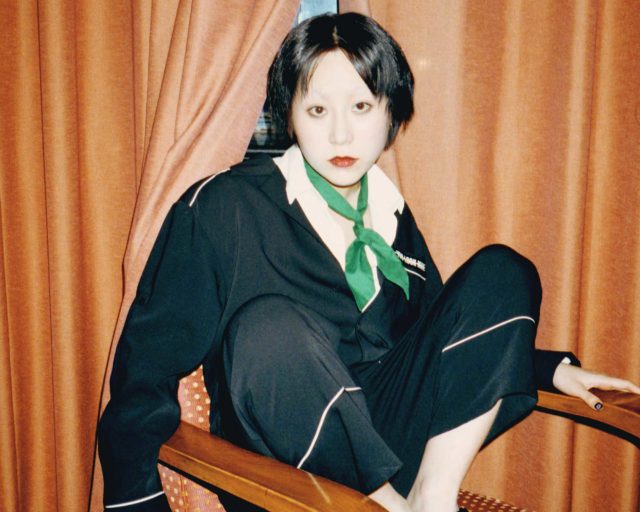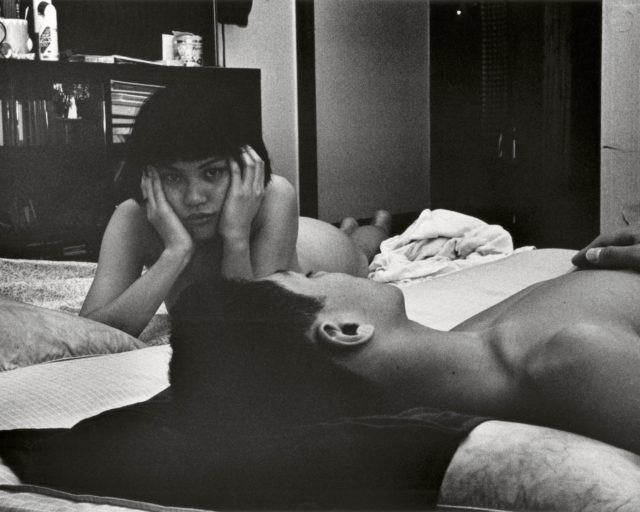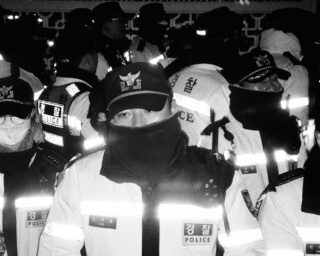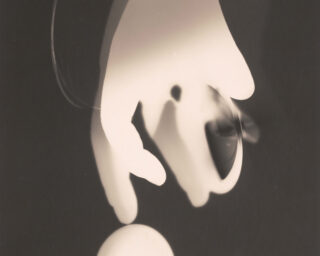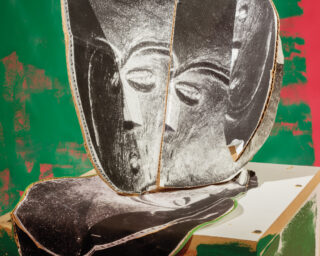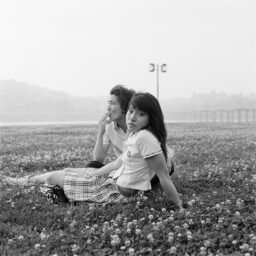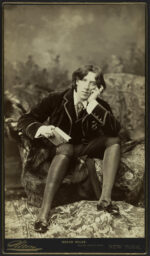Portrait of a Chinese woman with daguerreotype, ca. 1850. Daguerreotype
Courtesy the Nelson-Atkins Museum of Art, Kansas City, Missouri
She looks ahead with a steadfast, determined gaze. Perched on a chair beside a small table, she rests one hand on her lap, her bangle grazing a package. She cradles an open daguerreotype case in the other, her fingers wrapped around one portrait in what seems to be a small gesture of longing for absent loved ones.
We do not know who she is. We do not know her name. It is not often that an Asian woman—an immigrant, a worker, perhaps a mother—is pictured, or even rendered visible, especially in nineteenth-century America. What makes this image extraordinary is that it’s most likely from 1850s California: it tells the story of Chinese immigrants who came to America during the California Gold Rush (1848–65).
The portrait was part of an exhibition of daguerreotypes slated to open in April 2020 at the Peabody Essex Museum, but was canceled on the eve of its installation due to the COVID-19 pandemic. The exhibition, Gold Rush: Daguerreotypes of Early California was organized by the Nelson-Atkins Museum of Art. Jane Aspinwall was the curator of the exhibition at the Nelson-Atkins; I was the coordinating curator at PEM.
We planned to include this daguerreotype and its story in the exhibition to show that Asian Americans have been in this country for a long time. They were just excluded by those who recorded history. Race, class, and gender, alongside a legal status subject to changes in US foreign policy, make photographs like this extremely rare. The only other daguerreotypes of Chinese women I have encountered are the photographs of Miss Pwan Ye-Koo and Lum-Akum, part of P.T. Barnum’s “Living Chinese Family,” at the Peabody Museum of Archeology and Ethnology at Harvard University. Made by Lorenzo G. Chase between 1844 and 1856, they were discovered over a century later in the same attic trunk as the Zealy daguerreotypes of enslaved people of African descent. The images were presumably part of the same Louis Agassiz project that used photography to support pseudo-scientific theories of race.
So what can we learn from the daguerreotype of this woman? What does she want us to see?
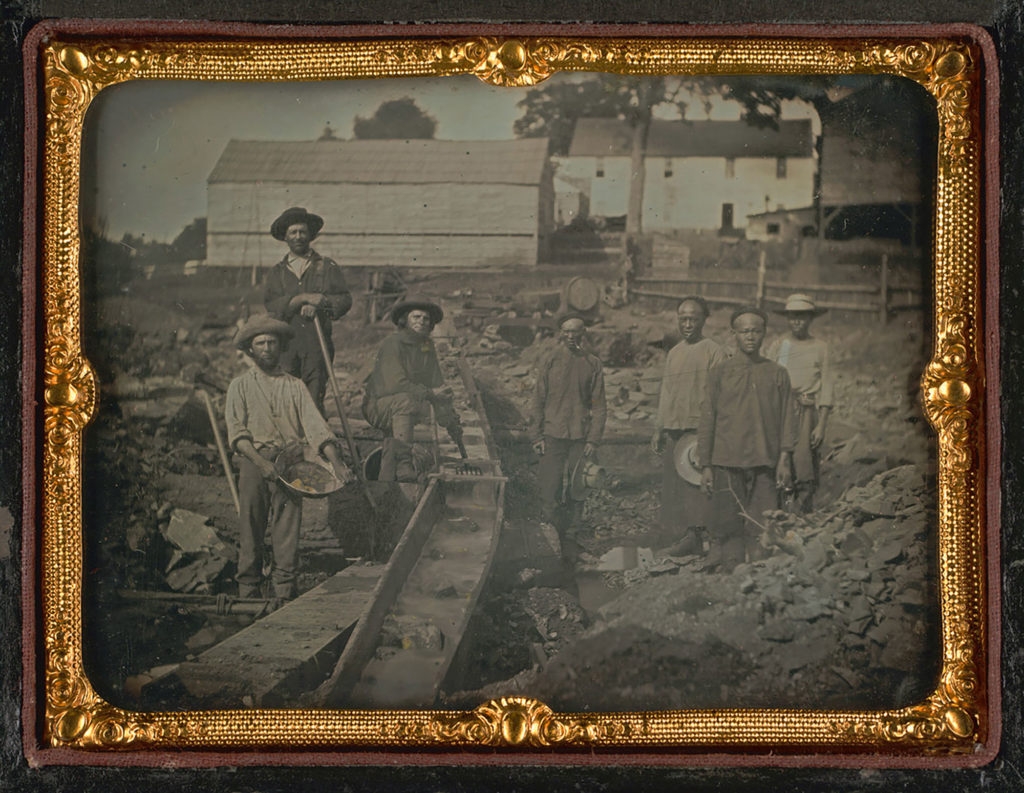
Courtesy California State Library, Sacramento, California
She was judged by her appearance and perceived as a temptation to white men before she even stepped foot on American shores. Her plaid headscarf, long-sleeved tunic, and pants mark her as part of the shuishangren (Boat Dwellers), an ethnic minority that mainlanders in southern China looked down upon for their contact with British and American opium traders. They were part of the service industry, providing offshore food, water, laundry, transport, and sex to the foreign merchants who made their fortunes in China. Idealized in Euro-American art and literature as free-spirited and coquettish beauties, shuishangren women moved through the world as objects of desire and subjects of global capital.
Stereotype and stigma followed Chinesewomen to America, shaping their experience and that of generations to follow. In the 1850s, most Chinese women arrived in California with their husbands as part of a large wave of migration in which thousands of people, free and enslaved, journeyed to the new state in the pursuit of gold. These newcomers—arriving from as far as Chile to the south, Australia and Hawaii to the west, and Europe to the east—joined Native, Sonoran Mexican, and other groups already living in the gold region to create one of the most ethnically diverse populations on the continent. Yet racist stereotypes shaped public perceptions and fueled violence against non-white residents as competition over land and resources grew. Images of Chinese women and toiling Chinese men cast them as moral threats to a white society steeped in beliefs of manifest destiny. Newspapers spread rumors about rampant prostitution in Chinatown and the threat of the “coolie” trade, referring to a racialized system of indentured servitude and forced migration used elsewhere in the Americas, despite little evidence that it existed in California at the time.
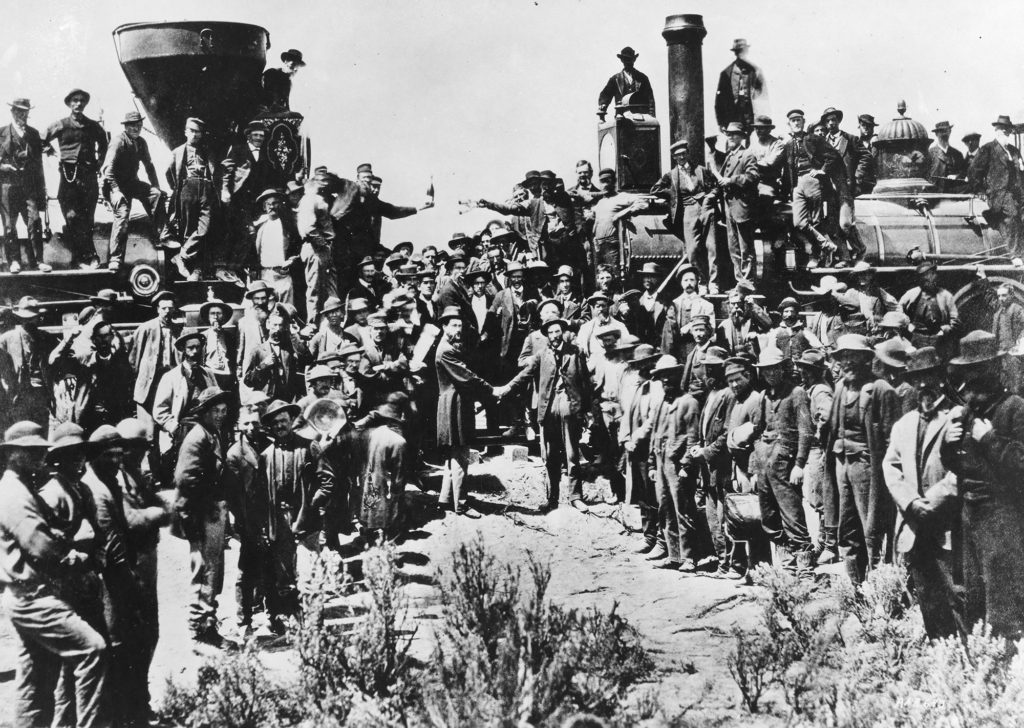
Courtesy the National Archives
Over the next three decades, the bureaucratic regulation of Chinese bodies laid the groundwork for our modern-day immigration system. Early California laws and legal statutes identified any East Asian woman entering the state as a suspected prostitute until proven otherwise. On the federal level, the Page Act of 1875 barred the entry of immigrants deemed “undesirable,” targeting contract laborers and prostitutes from East Asia. Chinese women were the first immigrant group required to carry and produce identification photographs to prove their character, subjecting them to a new form of visual policing. While the Page Act effectively ended the immigration of Chinese women, racially motivated fears about Chinese labor led to the Chinese Exclusion Act of 1882, the only law to date in American history that specifically prohibits one ethnic group from immigrating to the United States.
The art historian Sarah Lewis writes that American citizenship has long been a project of vision and justice. The absence of photographs of the Chinese men and women who helped build California speaks to contested ideas of place, identity, and belonging that continue to shape our collective image of America today. The consequences of this erasure is clear: immigrants have experienced nearly a century of citizenship denied, and Asians who identify as American still live with a deep sense of not belonging. Though the Chinese Exclusion Act was officially repealed in 1943, when the US and China became World War II allies, stringent quotas for Chinese immigration remained in place until 1965. Many Gen X and millennial Asian Americans, myself included, are the first in their families born in America. How do we engage with the democratic ideals of American society when we don’t even see ourselves represented in it?
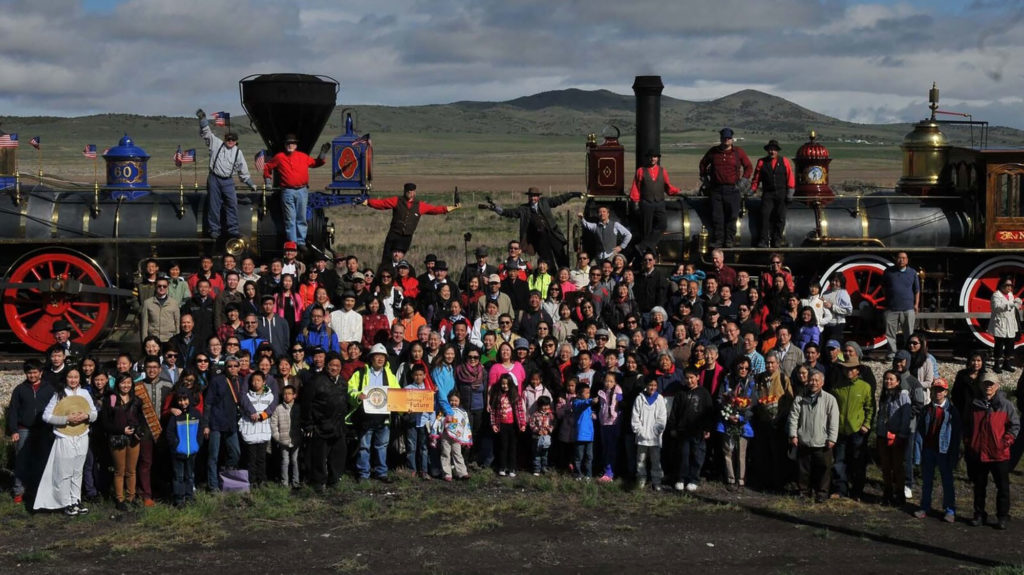
© the artist and courtesy John Lee
We need to revisit the stories that lie within, and just outside, our picture of American history. Black artists, writers, and curators have paved the way, showing us the power of image-making to expand our worldview beyond stereotypes and demonstrating how deep looking within historical images can reveal the most mundane, everyday acts of resistance. The late Corky Lee knew this as he worked toward what he called “photographic justice.” A chronicler of the joy, grief, and outrage seen in New York City’s Chinatowns, Lee was troubled by the lack of Chinese faces in the 1869 photograph celebrating the completion of the first transcontinental railroad at Utah’s Promontory Summit. His 2014 project to recreate the image with the Asian American descendants of the thousands of Chinese migrant laborers who built the railroad was an act of restoration and acknowledgment of their belonging in this history.
The portrait of a Chinese woman holding a daguerreotype is a testament to her presence in America. And yet, she did not endure in the public memory. The daguerreotype is the earliest form of photography, and as such, each exists as a brilliant, one-of-a-kind image. A ghost in the mirror-like surface, her portrait is small and intimate; it must be held and cherished in one’s hands in order to truly be seen. I can only speculate about her adamant gaze, asking us not to forget her. She was here and is still here.












